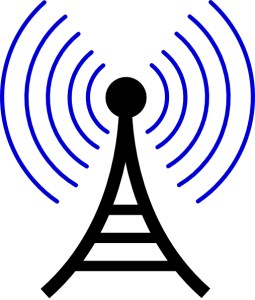What is the full form of GPRSGPRS: General Packet Radio ServiceGPRS stands for General Packet Radio Service. It is a packet oriented wireless data communication service for mobile communications on 2G and 3G cellular communication systems. It is non-voice, high speed packet switching technology intended for GSM networks. It is based on a modulation technique called Gaussian minimum-shift keying (GMSK). To enable GPRS on a GSM or TDMA network, we are required to add two core modules: the Gateway GPRS Service Node (GGSN) and the Serving GPRS Service Node (SGSN). 

What GPRS doesGPRS can be used to provide connections on the basis of internet protocols that support a wide variety of enterprises as well as commercial applications. Benefits of GPRS
What is needed to use GPRS?
Note: Newer technologies like EDGE and 3G are much faster than GPRS.GPRS is considered as 2.5G technology because it is more advanced than standard 2G digital technology, but does not meet the requirements of 3G technology.
Next TopicGSM Full Form
|
 For Videos Join Our Youtube Channel: Join Now
For Videos Join Our Youtube Channel: Join Now
Feedback
- Send your Feedback to [email protected]
Help Others, Please Share










